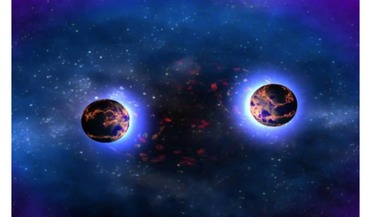 05 October 2016
Neutron star natal kicks could be the catalyst for binary formation and new gravitational wave sources
05 October 2016
Neutron star natal kicks could be the catalyst for binary formation and new gravitational wave sources
... subsequently giving rise to a new type of promptly appearing eLISA gravitational wave (GW) source, say researchers. Neutron stars are created when stars with an initial mass of eight solar masses or more undergo core collapse. During this process...
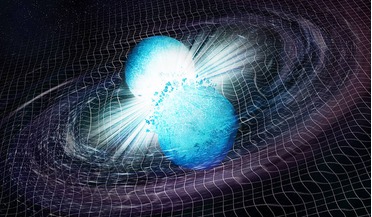 04 June 2018
More surprises for neutron star merger GW170817
04 June 2018
More surprises for neutron star merger GW170817
... and it was looking for exactly that - a maelstrom of electromagnetic activity that would signal the creation of a massive neutron star. However, the newly analysed data has revealed the opposite – a distinct lack of X-rays – which therefore implies...
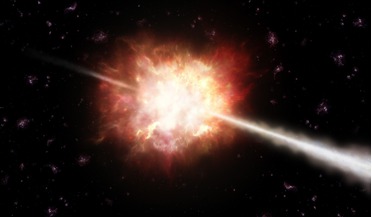 11 July 2016
Short gamma-ray burst is from a binary neutron star coalescing into a black hole say researchers
11 July 2016
Short gamma-ray burst is from a binary neutron star coalescing into a black hole say researchers
... afterglow phase. sGRBs are thought to be associated with the mergers of a black hole and a neutron star (BH-NS) or two neutron stars coalescing to form a black hole (NS-NS), therefore they are expected to be the EM counterparts for gravitational...
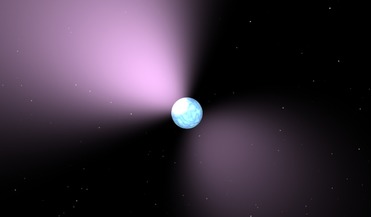 09 January 2017
X-rays from a 'missing link' neutron star could shed light on magnetar mystery
09 January 2017
X-rays from a 'missing link' neutron star could shed light on magnetar mystery
... recent observations show that this object contains a bit of the 'astrophysical DNA' of two different families of neutron stars," said Tom Prince, an astrophysicist at JPL/Caltech in Pasadena. "We are looking forward to finding other examples of this...
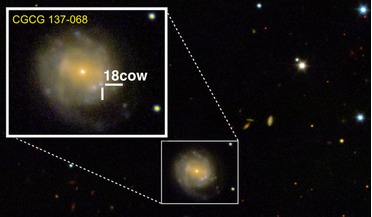 11 January 2019
Birth of a black hole possibly captured for first time
11 January 2019
Birth of a black hole possibly captured for first time
... could have marked the birth of a black hole or neutron star say astronomers. If correct, this would be the first time...never seen before. “We know that black holes and neutron stars form when stars collapse and explode as a supernova, but never before...
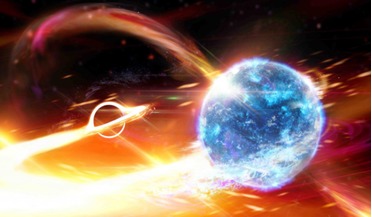 24 July 2020
A first of its kind white dwarf merger with a dense compact object discovered by students
24 July 2020
A first of its kind white dwarf merger with a dense compact object discovered by students
... hole behemoths that are being observed, but mergers between black holes and neutron stars too. More recently, a smash up between two neutron stars heralded another new development in the world of gravitational wave discoveries, when a pair were...